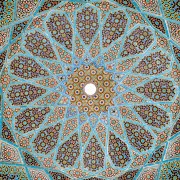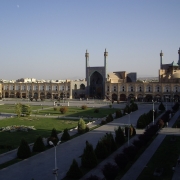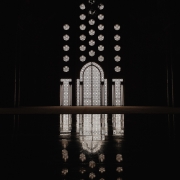Farghānī on the Muhammadan Reality – William C. Chittick
Abstract:
Perhaps the closest parallel to the Johannine Logos in Islam is found in the notion of the “Muhammadan Reality” (al-ḥaqīqat al-muḥammadiyya). The term was probably first used by Ibn ʿArabī (d. 1240), but the earliest detailed explanation of what it implies was provided by Saʿīd ibn Aḥmad Farghānī (d. 1300), an outstanding student of Ibn ʿArabī’s foremost propagator, Ṣadr alDīn Qûnawī. Farghānī wrote a dense, two-volume commentary on Ibn al-Fāriḍ’s famous 760- verse qasida, Naẓm al-sulûk. Deeply rooted in Islamic metaphysics, theology, and spiritual psychology, the commentary explains how the poet is describing Muhammad’s eternal archetype in God as both the means whereby God creates the universe and the ultimate returning place of all things.
h









